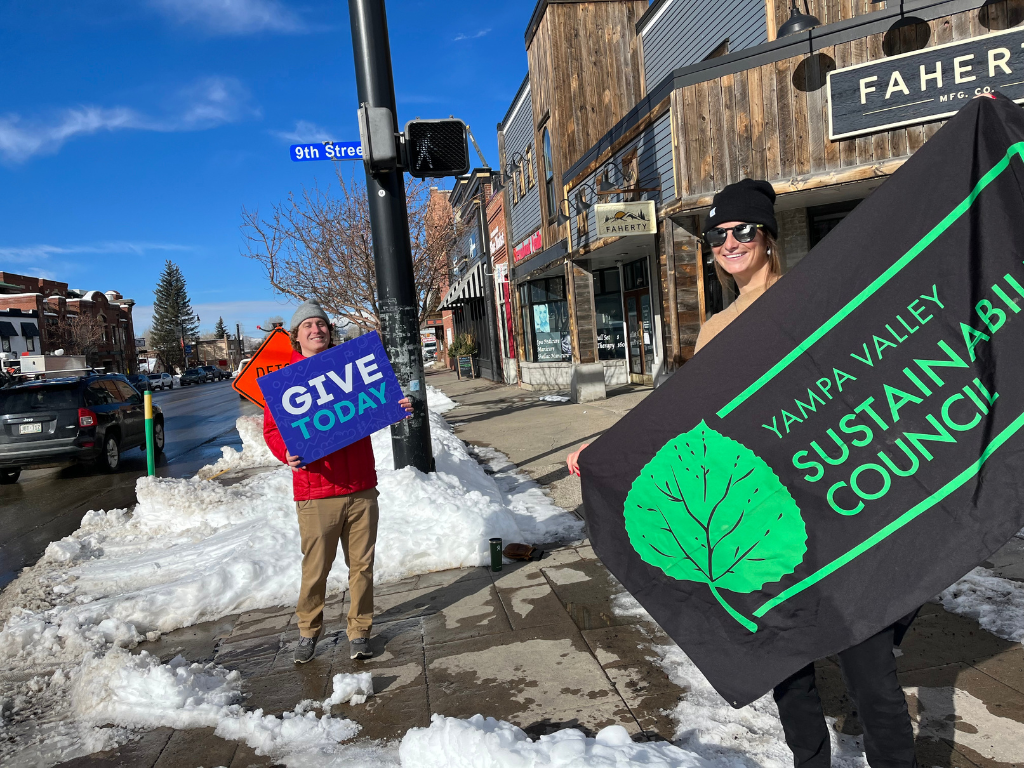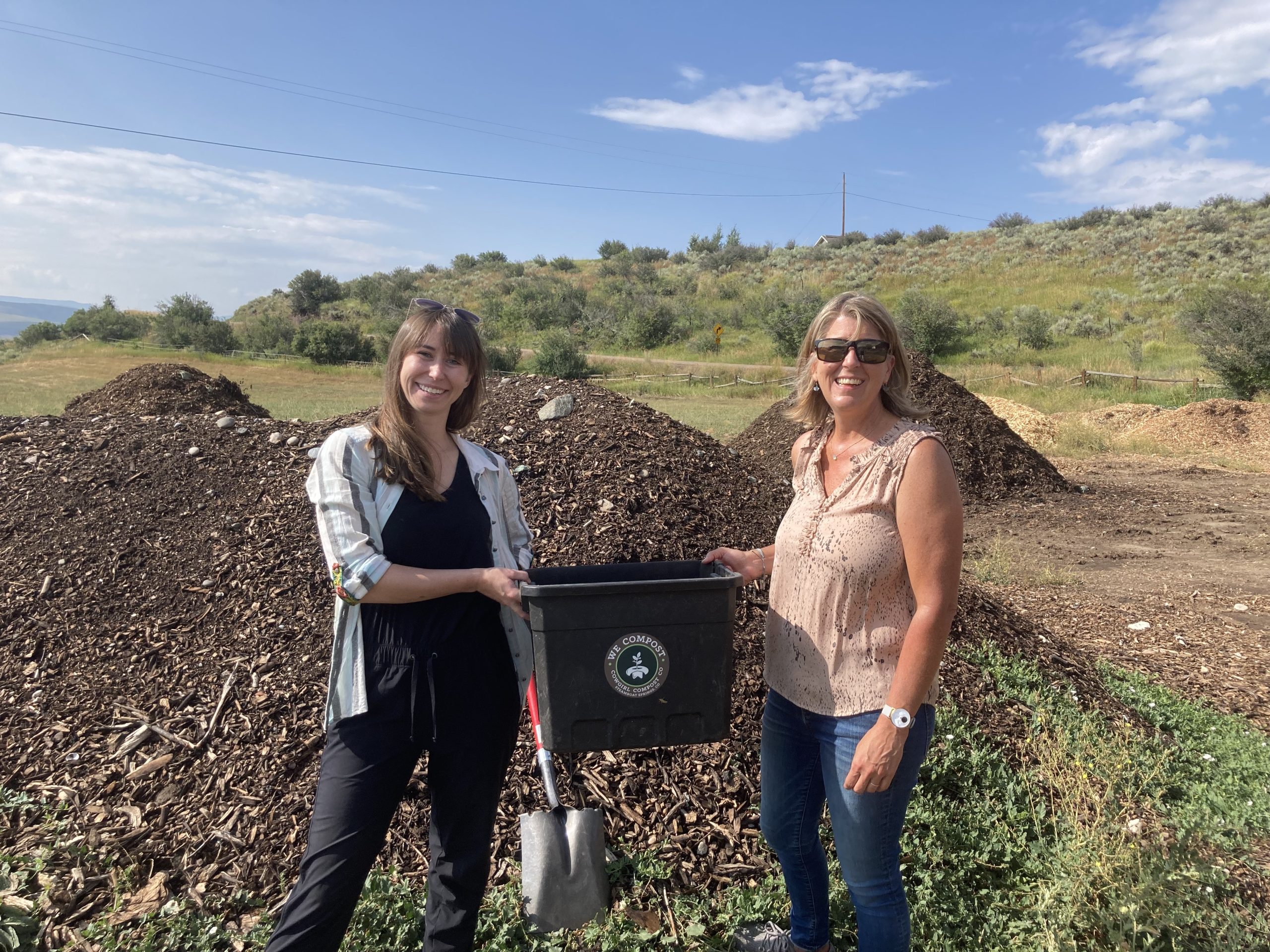JUNE 8, 2018 BY
Article adapted from Steamboat Today
STEAMBOAT SPRINGS — Martin Ralph and his team of water supply scientists from Southern California came to Routt County this week for the Yampa Basin Rendezvous, where they made a sincere case that they are as concerned about the streams and rivers that rise in Northwest Colorado as are its residents.
The two-day gathering, hosted by Colorado Mountain College Steamboat Springs, was billed as a dialogue on western weather, environment and culture.
“We’re here today to learn more about the West,” Ralph told a large audience at the college Wednesday, June 6. “The idea for this trip is really simple, ‘Let’s go out and see it and feel it and meet people who work on it and depend on it.’”
Ralph is director of the Center for Western Weather and Water Extremes with the Scripps Institution of Oceanography at the University of California San Diego, called CW3E for short.
Ralph said people in Southern California are very sensitive to water law and to the fact that the Colorado River Basin provides water for 40 million people in the region.
“What is the Yampa River to people in San Diego?” Ralph asked rhetorically. “It’s really the headwaters of the water we depend on. The Yampa itself represents 3 percent of the basin.”
During the event, which was supported by Friends of the Yampa, the Yampa Valley Sustainability Council, the U.S. Forest Service, the Nature Conservancy, Steamboat Ski and Resort Corp. and Storm Peak Laboratory, sent participating climate scientists into the field to meet with local water users and officials, including rancher Jay Fetcher, Jay Gallagher on the Colorado Water Conservation Board and the Friends of the Yampa’s Kent Vertrees.
Ironically, when the group went to visit the legendary Tower snow measurement site atop Buffalo Pass, known to be the test in Colorado, they were turned back. It was still snowed in.
Ralph opened some eyes when he showed his audience historical graphs revealing that in the semi-arid American West, a significant portion of annual water supply is often derived from about five large precipitation events a year. And when those storms don’t show up, it’s rare the moisture is made up in other seasons.
He said it’s a point he’s tried to make to climate and water officials in the eastern U.S. without success.
“The beltway leadership, I think, doesn’t understand water in the West,” Ralph said. “Two big storms in the Rockies each winter really do make a difference. People in the East (where a winter drought can be made up in the spring) don’t get it.”
His team typically relies on research aircraft to study atmospheric rivers approaching the West Coast of the United States. But Ralph got up close and personal with an atmospheric river event during a visit to Steamboat in spring 2018.
“I was in Steamboat for a significant rainstorm in April,” he said. “It produced 6 inches of snow water equivalent and increased the snowpack by 30 inches. I skied one of those days, and it was raining at Storm Peak. It was an atmospheric river storm.”
To reach Tom Ross, call 970-871-4205, email tross@SteamboatToday.com or follow him on Twitter @ThomasSRoss1.






